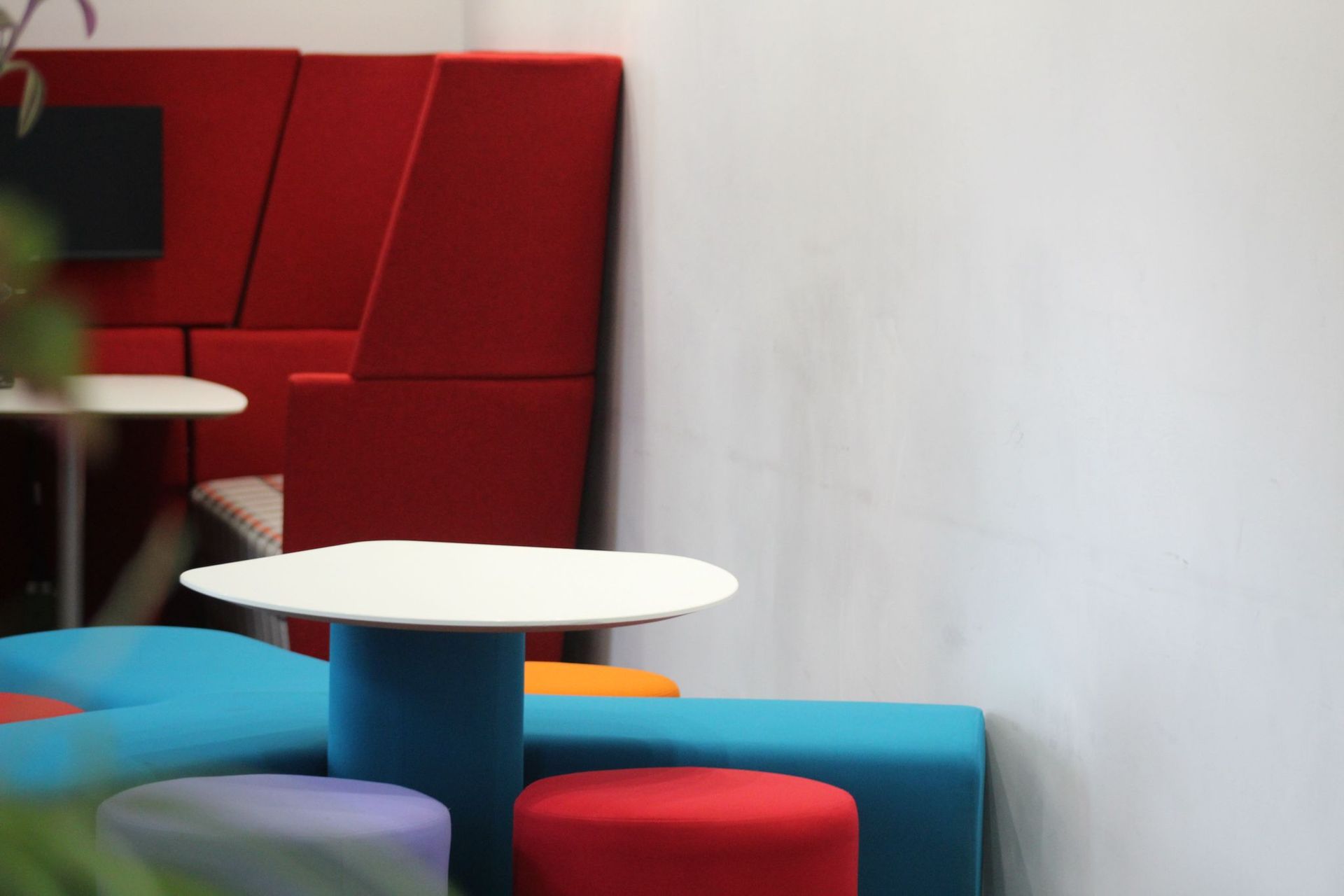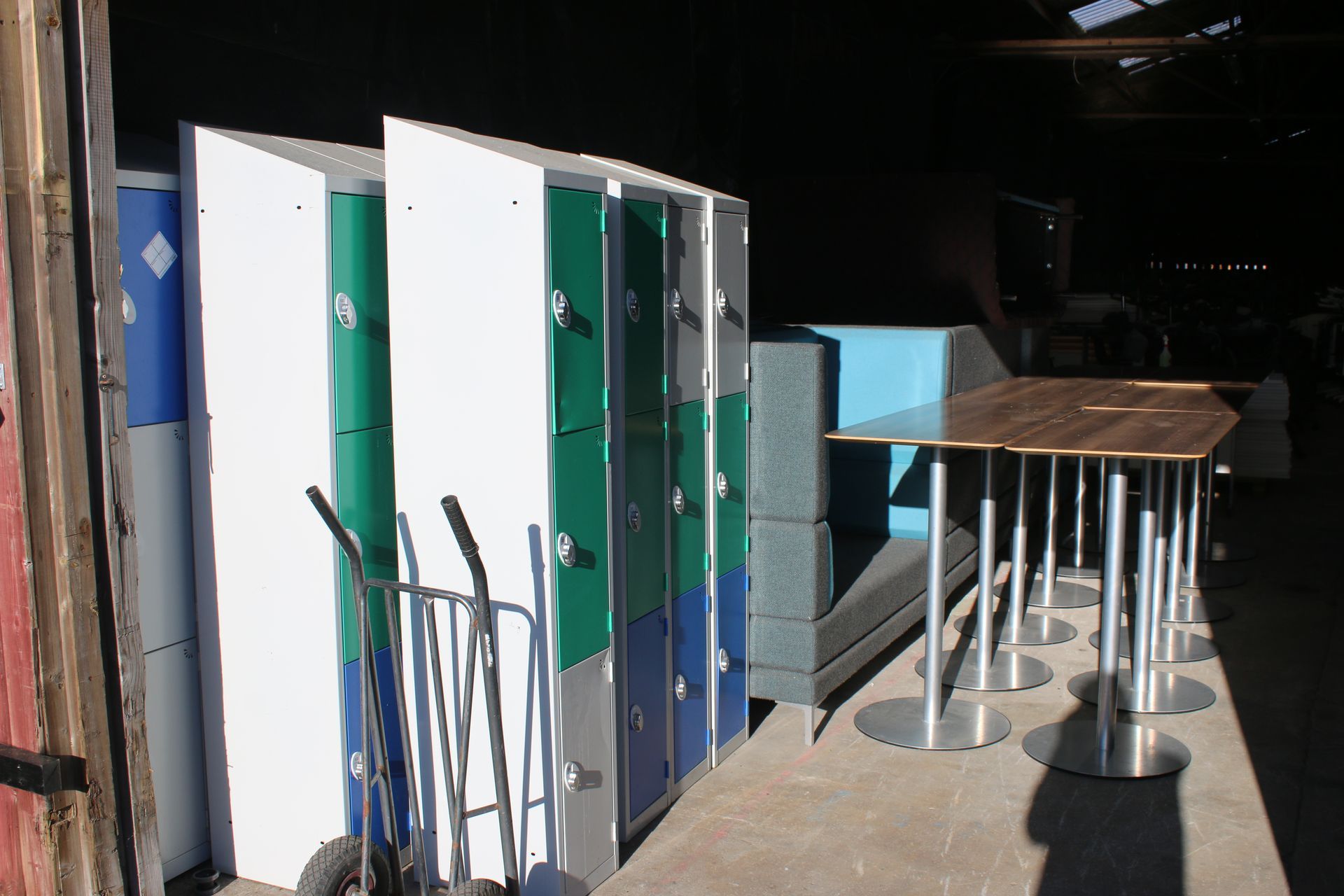Is Sustainable Office Furniture the Way Forward? Unpacking the Future of Workspace Design
Reimagining Workspaces: The Evolution of Office Furniture Towards Sustainability and Economic Viability
In the contemporary era, where climate change is at the forefront of global discourse, the importance of sustainability cannot be overstated. One of the emerging trends is the adoption of sustainable office furniture – a seemingly niche area that carries immense potential for environmental benefits and economic opportunities. This article explores the various aspects that contribute to truly sustainable office furniture, the future implications on procurement practices, and a case study on Coggin Sustainable Office Solutions (Coggin SOS), a front-runner in the industry.
The Anatomy of Sustainable Office Furniture
Material Transparency and Identifiable Coding
The journey to sustainability starts with the procurement of raw materials. As businesses pivot towards more eco-friendly practices, transparency and traceability in materials used have become paramount. This involves implementing identifiable coding systems to verify that the resources used are sustainably sourced and ethically produced.
In terms of furniture, this could range from responsibly harvested timber to recycled metal and plastics. By integrating an identifiable coding system, companies can track the origin of their raw materials, thereby ensuring they adhere to the set sustainability standards. Moreover, this transparency helps build trust and credibility among stakeholders, clients, and end-users, leading to increased brand reputation and customer loyalty.
Refurbishment and Remanufacturing
Arguably, the most significant attribute of sustainable office furniture is its potential for refurbishment and remanufacturing. Instead of contributing to the throwaway culture, companies can 'upcycle' older furniture pieces, giving them a new lease of life.
Remanufacturing involves disassembling existing furniture and replacing worn-out components with new or recycled parts, reducing the need for fresh raw materials. The refurbishment is about restoring the furniture to its original condition, which might involve repair, reupholstery, and cleaning.
Both practices save resources and reduce waste, making them integral to a sustainable office furniture model. Additionally, they can provide significant cost savings over buying brand new furniture, making it an economically advantageous strategy as well.
Efficient End-of-Life Disposal
A key feature of truly sustainable office furniture is considering the product's full life cycle, including its disposal. Efficient end-of-life practices ensure that when a product reaches the end of its usable lifespan, it is processed in a way that minimises environmental harm. This could involve recycling, upcycling, or even composting in the case of biodegradable materials.
This efficient disposal practice encourages a circular economy where waste is minimised, and resources are kept in use for as long as possible. It presents vast opportunities for businesses, not just in reducing waste but also in creating secondary markets for used and refurbished furniture.
The Implications on Future Procurement and Economic Opportunities
The transition towards sustainable office furniture will undoubtedly have a profound impact on future procurement practices. Companies will need to prioritise vendors that offer transparency in their sourcing methods, and who provide refurbishment and efficient disposal services. In turn, this will create a shift towards more local and ethical sourcing, providing a boost to local economies and sustainable suppliers.
Moreover, the rise of sustainable office furniture brings a wealth of new economic opportunities. The refurbishment and remanufacturing industries are set to boom, creating new jobs and fostering innovation in green technologies. It also opens up avenues for businesses to save money by refurbishing instead of replacing, which can be a significant saving for SMEs and corporations alike.
Environmental Benefits
From an environmental standpoint, the benefits of sustainable office furniture are enormous. The reduction in raw material consumption leads to fewer forests being cut down, less mining, and fewer fossil fuels being burned. The reduction in waste means fewer items ending up in landfills, resulting in lower greenhouse gas emissions.
Moreover, by reducing the need for new furniture, companies can drastically cut their carbon footprint. It is estimated that remanufacturing office furniture can save up to 85% of carbon emissions compared to producing new items.
Coggin Sustainable Office Solutions
We provide refurbished office furniture, office furniture refurbishment services, and zero landfill office clearance, supporting SMEs and corporations across Lancashire and the nation.
We have made significant strides in reducing business costs and carbon emissions. To date, we have saved businesses up to tens of millions and reduced carbon emissions by up to 4.5 million (kg) C02e. Furthermore, we have diverted approximately 150,000 office furniture products from UK landfill, highlighting the possibilities for sustainability in this sector.
In a world increasingly conscious of its environmental impact, the shift towards sustainable office furniture is a crucial step in the right direction. With its manifold economic and environmental benefits, it presents a win-win situation for businesses and the planet.
Contact Us

Furnishing the Future: Why Refurbished Furniture is the Smartest Choice for Schools and Universities








